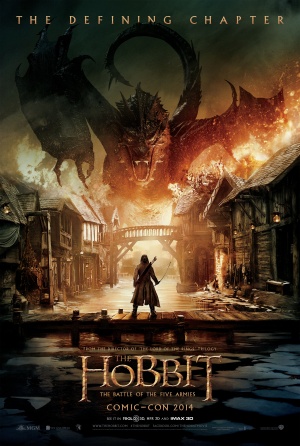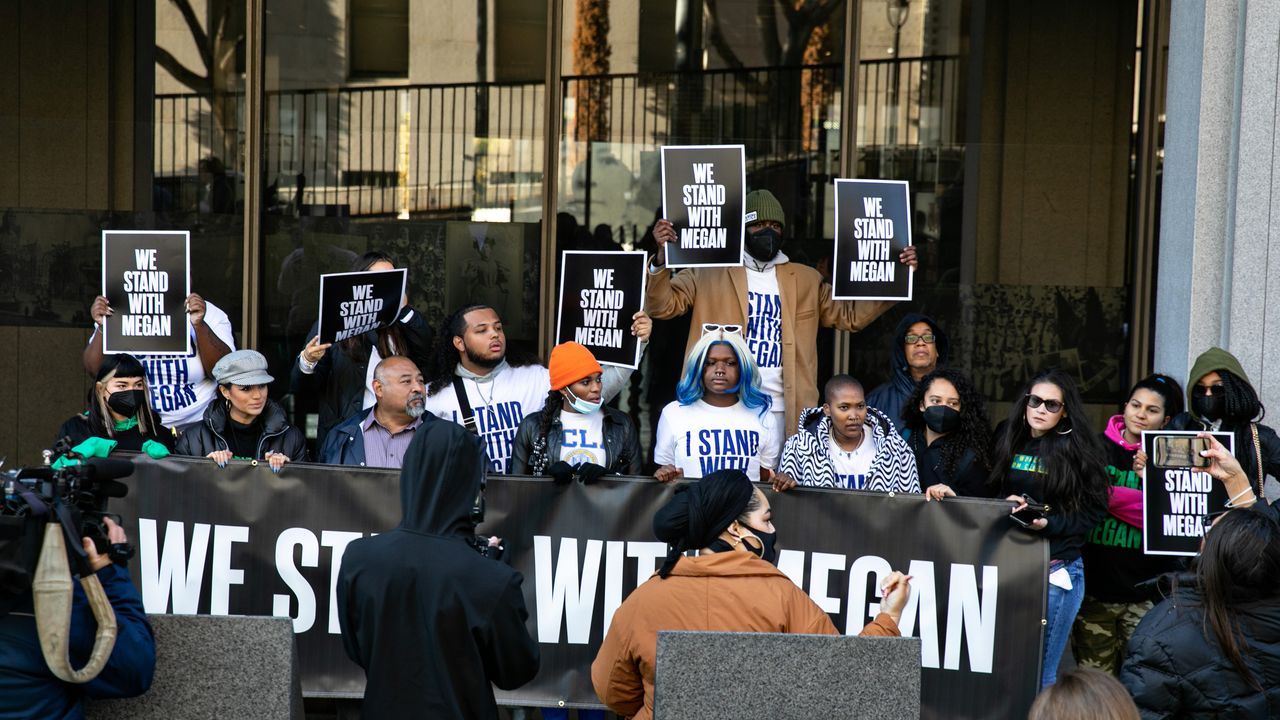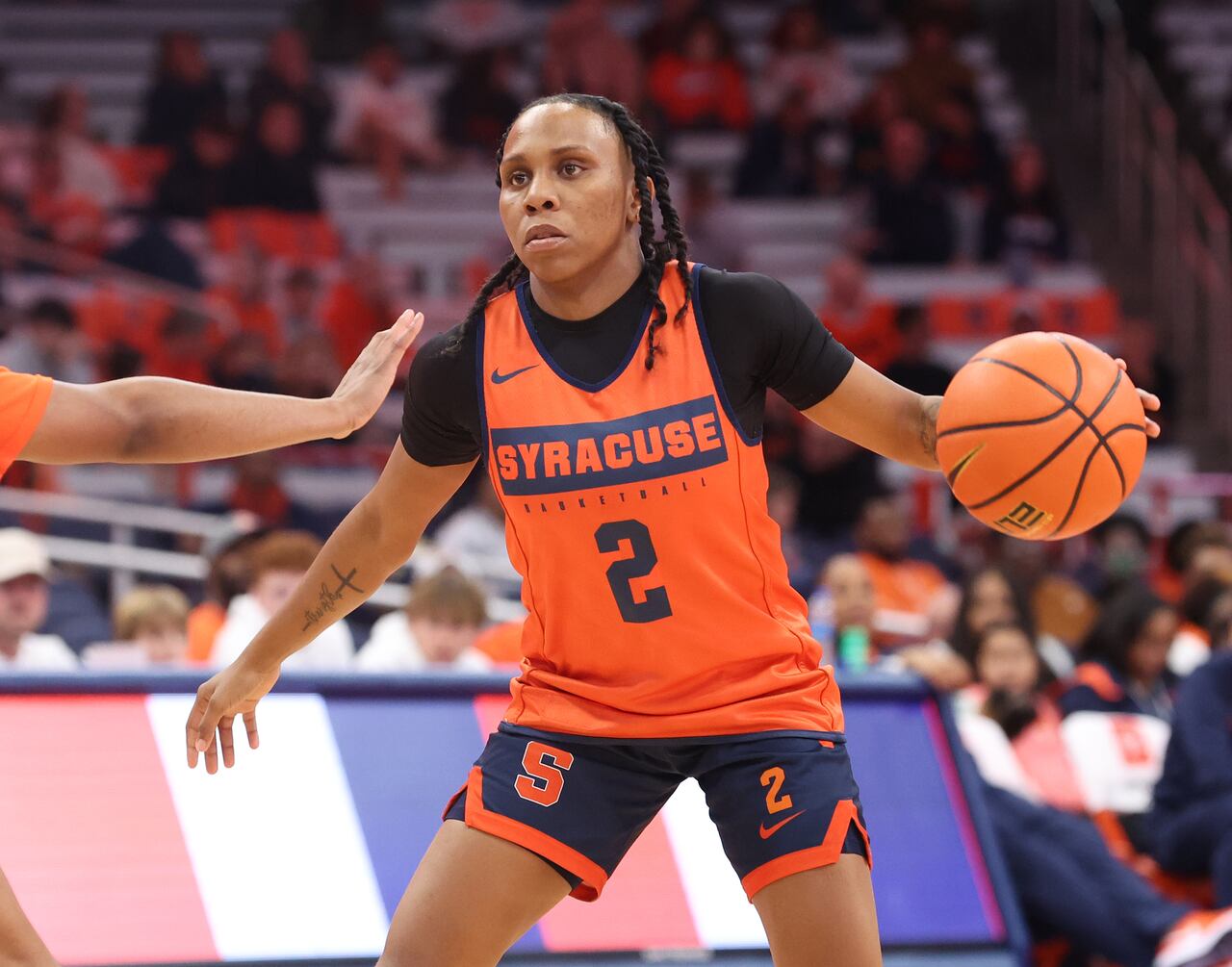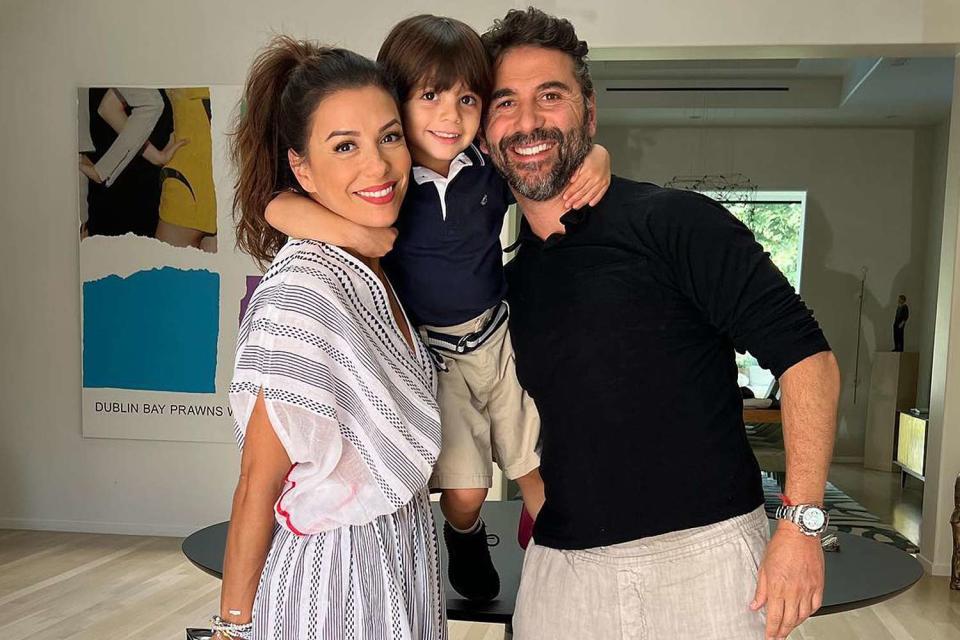The Hobbit: The Battle Of The Five Armies: Review And Critical Analysis

Table of Contents
Visual Spectacle and CGI Effects in The Battle of the Five Armies
The Scale and Scope of the Battle Sequences
- Sheer Number of Combatants: The battle scenes boast a staggering number of CGI combatants, creating a sense of overwhelming scale rarely seen in fantasy films. The sheer multitude of dwarves, elves, men, goblins, and wargs contributes significantly to the visual impact.
- Visual Detail of the Armies: Each army possesses distinct visual characteristics, reflecting their respective cultures and weaponry. The detail lavished on the individual soldiers, their armor, and their weapons is impressive, enhancing the realism and immersion.
- Innovative CGI Techniques: Peter Jackson pushed the boundaries of CGI technology, employing innovative techniques to render realistic-looking creatures and environments. The battle scenes utilize innovative camera work and special effects to capture the chaotic energy of the conflict, specifically during the moments involving the Wargs and the devastating rockfalls.
The cinematography, combined with the visual effects, created a truly breathtaking cinematic experience, making it one of the most visually stunning battle sequences ever filmed. The visual fidelity is undeniably high, showcasing the advanced capabilities of modern CGI.
Critique of CGI Overreliance and its Impact on Storytelling
While undeniably impressive, the sheer volume of CGI in The Battle of the Five Armies occasionally overshadows the narrative and emotional depth.
- CGI Overuse: In certain scenes, the reliance on CGI appears excessive, potentially detracting from the emotional impact on the viewer. The sheer scale of the battle sometimes overwhelms the individual characters and their struggles.
- Narrative Impact: The overwhelming visual spectacle sometimes overshadows the character arcs and emotional core of the story. The focus on the spectacle sometimes diminishes the importance of individual character moments.
- Emotional Depth: The sheer visual chaos can at times hinder the ability for the viewer to connect emotionally with the characters embroiled in the conflict. The scale of the battle makes it difficult to identify with individual characters in the thick of it.
A more balanced approach, potentially with a greater emphasis on practical effects in certain scenes, might have enhanced the overall emotional impact of the film.
Character Development and Arcs in The Battle of the Five Armies
Thorin Oakenshield's Transformation and Redemption
Thorin Oakenshield's character arc is central to the film. His descent into the greed and madness of dragon sickness is a compelling narrative, showcasing his vulnerability and the destructive nature of avarice.
- Dragon Sickness: The film vividly portrays Thorin's struggle with dragon sickness, highlighting his transformation from a proud and noble leader into a paranoid and unstable ruler.
- Redemption: Thorin's eventual act of self-sacrifice and reconciliation demonstrates the possibility of redemption, even in the face of overwhelming adversity. This redemption provides a powerful and satisfying conclusion to his arc.
- Effectiveness of Portrayal: Richard Armitage's performance is crucial to the success of Thorin's character arc, conveying both the king's inner turmoil and his ultimate selflessness.
The portrayal is nuanced and convincing, making his eventual fate both poignant and meaningful.
Exploration of Supporting Characters and their Roles in the Battle
Beyond Thorin, several supporting characters play crucial roles in the battle.
- Bilbo Baggins: Bilbo's role in the battle is less about direct combat and more about his moral compass, acting as a crucial influence on Thorin's decisions.
- Gandalf: Gandalf's strategic leadership and magical prowess are essential in guiding the armies to victory.
- Legolas and Tauriel: Legolas and Tauriel provide crucial support through their combat prowess. The film also explores Legolas's and Tauriel's developing relationship.
The film effectively uses these characters to add depth and complexity to the narrative, highlighting the diverse forces at play in the conflict.
Narrative Structure and Pacing in The Battle of the Five Armies
The Climax and Resolution of the Hobbit Trilogy
The film acts as the culmination of the Hobbit trilogy, bringing the various plot threads to a conclusion.
- Trilogy Conclusion: The film aims to tie together the events of the preceding films and provide a satisfying conclusion to Bilbo's journey.
- Pacing: The pacing is rapid, particularly during the climactic battle, leaving little room for quieter, character-driven moments.
- Plot Resolution: While most plot points are resolved, the sheer scale and scope of the events sometimes overshadow the individual character resolutions.
The film’s swift pacing while effectively leading to a thrilling climax, possibly sacrifices some emotional depth in the process.
Comparison to the Book and Adaptational Choices
The Hobbit: The Battle of the Five Armies differs significantly from its source material.
- Book Adaptation: The film borrows elements from the book's battle descriptions but significantly expands upon them, resulting in a much larger scale and more complex narrative.
- Fidelity: The film prioritizes visual spectacle and action over the book's more nuanced character development and exploration of themes. Several characters and storylines are significantly altered or omitted.
- Changes and Deviations: The addition of characters like Tauriel and altered relationships, especially Legolas' involvement, are notable departures.
These adaptations, while adding to the film's visual spectacle, may leave purists wanting more fidelity to Tolkien’s original text.
Themes and Underlying Messages in The Battle of the Five Armies
Exploration of Greed, Power, and Redemption
The film explores several key themes:
- Greed: Thorin's struggle with dragon sickness serves as a powerful illustration of the destructive nature of greed and avarice.
- Power: The battle itself is a contest for power and control over Erebor and its riches.
- Redemption: Several characters find redemption through their actions and choices during the battle, including Thorin's final sacrifice.
These themes are interwoven throughout the film, enhancing its emotional depth and providing broader meaning.
Legacy and Lasting Impact of the Film
The Hobbit: The Battle of the Five Armies has left its mark on the fantasy genre.
- Cultural Impact: The film's impressive visual effects and action sequences have undoubtedly influenced subsequent fantasy films.
- Legacy: The film contributes to the ongoing legacy of the Lord of the Rings universe, expanding upon its world and characters.
- Influence: The film remains a landmark achievement in CGI technology and its lasting impact on the fantasy genre is undeniable.
Conclusion: Final Thoughts on The Hobbit: The Battle of the Five Armies
The Hobbit: The Battle of the Five Armies is a visually stunning film with a powerful, if somewhat rushed, narrative. While its impressive CGI and action sequences are undeniable highlights, its overreliance on visual spectacle sometimes overshadows the emotional depth and character development found in its predecessors. Ultimately, the film offers a thrilling conclusion to Bilbo's journey, but its deviations from the source material and occasionally uneven pacing might leave some viewers wanting more. The film successfully delivers on its promise of epic scale, but at the potential cost of deeper thematic exploration and character nuance.
What are your thoughts on The Hobbit: The Battle of the Five Armies? Share your opinions and experiences in the comments section below! And for further exploration, consider revisiting the entire Hobbit trilogy or delving deeper into the world of J.R.R. Tolkien’s Lord of the Rings. Let the discussion about this captivating, if controversial, entry in the wider Hobbit and Lord of the Rings universe begin!

Featured Posts
-
 Megan Thee Stallion Seeks Contempt Charges Against Tory Lanez
May 13, 2025
Megan Thee Stallion Seeks Contempt Charges Against Tory Lanez
May 13, 2025 -
 Myanmar Memperkuat Upaya Pemberantasan Judi Online Dan Penipuan Telekomunikasi
May 13, 2025
Myanmar Memperkuat Upaya Pemberantasan Judi Online Dan Penipuan Telekomunikasi
May 13, 2025 -
 Orange County Scores And Player Stats Thursday February 20th
May 13, 2025
Orange County Scores And Player Stats Thursday February 20th
May 13, 2025 -
 Eva Longorias 50th Birthday A Miami Fiesta
May 13, 2025
Eva Longorias 50th Birthday A Miami Fiesta
May 13, 2025 -
 Accord Post Brexit Gibraltar Les Dernieres Negociations
May 13, 2025
Accord Post Brexit Gibraltar Les Dernieres Negociations
May 13, 2025
